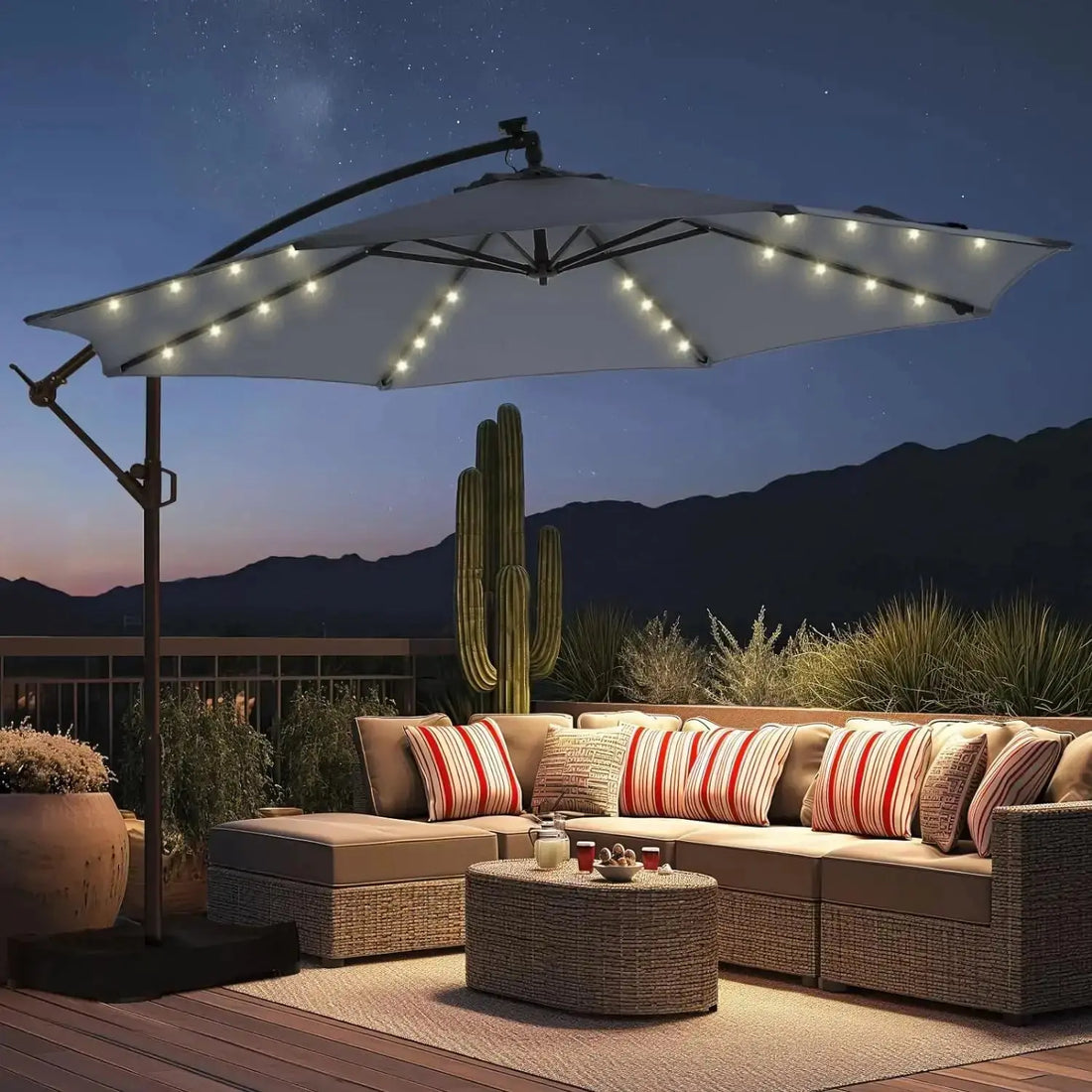 Growing tomatoes can be incredibly rewarding, even if you don’t have a large garden space. With a few creative strategies, you can enjoy homegrown tomatoes right from your small backyard or patio. Whether you're using containers, vertical gardening methods, or a small greenhouse, there are plenty of innovative ways to cultivate these delicious fruits. Here’s a comprehensive guide to help you maximize your tomato yields in small space gardening.
Growing tomatoes can be incredibly rewarding, even if you don’t have a large garden space. With a few creative strategies, you can enjoy homegrown tomatoes right from your small backyard or patio. Whether you're using containers, vertical gardening methods, or a small greenhouse, there are plenty of innovative ways to cultivate these delicious fruits. Here’s a comprehensive guide to help you maximize your tomato yields in small space gardening.
Choosing the Right Varieties
Understand Indeterminate vs. Determinate Varieties
When planning your small space tomato garden, it’s crucial to distinguish between indeterminate and determinate varieties. Indeterminate tomatoes, such as the Better Boy Hybrid, keep growing throughout the season and tend to require more space and support. In contrast, determinate varieties, like Cherokees Purple, are more compact and ideal for smaller gardens. Selecting the right type based on your space will lead to successful growth and a plentiful harvest.
Mini and Micro Tomato Varieties
Don’t overlook mini and micro tomato varieties! These types, like Tiny Tim or Florida Petite, are perfect for small spaces, as they grow to about a foot tall and produce sweet, flavorful fruits. They can thrive in containers and require less care than their larger counterparts. By integrating these smaller types into your garden, you can enjoy a variety of flavours without needing much space.
Optimal Container Options
Choosing the Best Containers
The right container can make a huge difference in the success of your tomatoes. Look for pots that are at least 5 gallons in size to provide enough room for root growth. Terracotta and plastic are excellent materials; terracotta allows for air circulation and drainage, while plastic retains moisture longer. Always ensure your containers have adequate drainage holes to prevent waterlogging, which can lead to root rot.
Creative Container Gardening Techniques
- Stackable Planters: Utilize vertical space with stackable planters to grow more varieties in limited areas.
- Hanging Baskets: Grow trailing varieties in hanging baskets to save ground space and add a visual appeal.
- Colorful Pots: Use attractive pots to turn your gardening into an art form while enhancing your outdoor aesthetics.
Vertical Gardening Strategies
Use Trellises and Supports
Vertical gardening is a brilliant way to maximize space and yield when growing tomatoes. Install trellises, cages, or stakes to support your plants as they grow upward, allowing for better air circulation and sunlight exposure. This method not only conserves ground space but also makes it easier to pick the ripe tomatoes.
Ensure Easy Access
When setting up your vertical gardening system, ensure that your plants are easy to access for watering and harvesting. Arrange them in a way that allows you to easily reach the fruits without disturbing others in the vicinity. This is especially important if you’re growing in areas like patios or balconies where space is tight.
Small Backyard Greenhouses
Creating a Greenhouse Environment
If you have the opportunity, consider adding a small greenhouse to your backyard. This controlled environment allows for an extended growing season and protection against pests and harsh weather. Even a compact greenhouse specifically designed for small spaces can significantly improve your tomato yields by maintaining optimum temperatures and humidity levels.
Maintaining Ideal Conditions
Inside your small greenhouse, monitor light, temperature, and watering carefully. Use grow lights during the shorter days of fall or winter to extend sunlight availability. Keep the temperature above 50°F (10°C) at night for healthy growth. Also, ensure proper airflow to prevent mildew, which can threaten your tomato plants.
Watering and Fertilization
Establish a Consistent Routine
Tomatoes require consistent watering to thrive, particularly in containers or elevated gardening setups where soil can dry out quickly. Aim for deep watering twice a week, adjusting as necessary based on weather conditions. Regular checks can help you avoid issues like blossom end rot or cracking.
Choosing the Right Fertilizer
Since tomatoes are heavy feeders, use a balanced fertilizer that includes nitrogen, phosphorus, and potassium. Consider organic options like compost or worm castings for a natural approach. This will provide the necessary nutrients throughout the growing season, ensuring your plants remain healthy and produce abundant fruit.
Conclusion: Enjoy Your Tomato Harvest
Growing tomatoes in small space gardening can be both fulfilling and productive. By selecting the right varieties, employing creative container and vertical gardening techniques, and ensuring optimal conditions in a small greenhouse, you can harvest sweet, delicious tomatoes right from your own home. Don’t forget to explore different types, like the Better Boy Hybrid Tomato Live Plant or Cherokee Purple Tomato Live Plant to expand your garden's diversity. With these tips in mind, enjoy the process of nurturing your plants and relish the fruits of your labor!
Frequently Asked Questions (FAQ)
What are the best tomatoes for small spaces?
Determinate varieties or miniature types are ideal for small spaces. Look for those specifically bred for containers, such as Tiny Tim or similar varieties.
How often should I water my potted tomatoes?
Watering frequency depends on the environment, but generally, watering deeply twice a week is a good standard. Check soil moisture to avoid over or under-watering.
Can I grow tomatoes indoors?
Yes! Tomatoes can be successfully grown indoors as long as they receive sufficient light (ideally 6-8 hours per day), and are planted in suitable containers.
What pests should I watch for when growing tomatoes?
Common pests include aphids, whiteflies, and hornworms. Regularly inspect your plants and use organic methods like insecticidal soap to manage infestations effectively.

